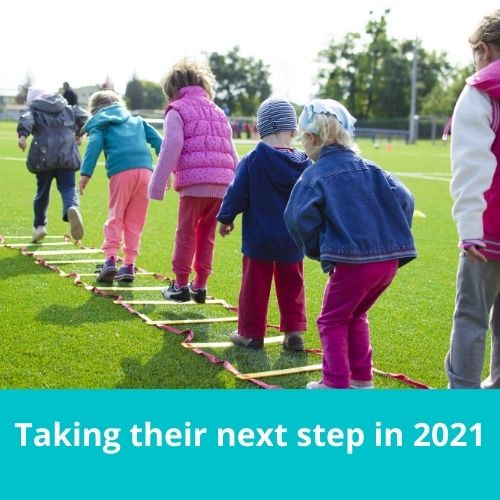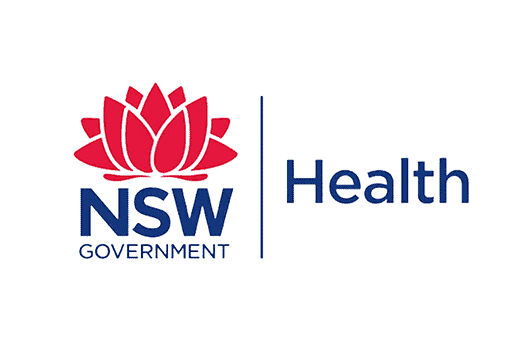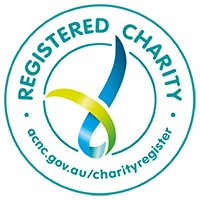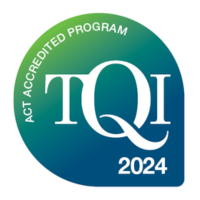| Moving from a tumultuous school year into weeks of holidays; from holidays into a new school year; from one education setting to the next; or into the big wide world. These seasons are not unexpected but our emotional responses to them as we anticipate, prepare for and experience them, can catch us by surprise. This is not to say that our emotional responses are always negative ones, in fact often we may be surprised to experience positive emotions in the face of change and challenge. The picture featured here provides such wonderful imagery, capturing individual approaches to transition. Jumping energetically from one step in the journey to the next; a time for a fresh start and reinvention of self. Or tip-toeing cautiously, perhaps with fear and trepidation; feeling off balance. Or taking one measured step at a time; being led by some and supported by others. And, of course, a full spectrum of approaches in between. The range of responses and unexpected nature of some of them poses a challenge to traditional school transition processes. While plans and processes can be put in place, there is a need to be responsive in real time to the needs of students as they transition to or from the many stages of a school year or school setting. Caring adults within the school environment are critical for the wellbeing of students and their sense of belonging. Time and access to these adults when challenges present themselves can present an issue. Many and varied connections with students across the school can provide another important protective layer during any transition process. The Peer Support Program not only provides explicit skills and strategies to navigate change and emotional responses but helps students to establish these critical and meaningful connections and a corporate responsibility for one another. |




